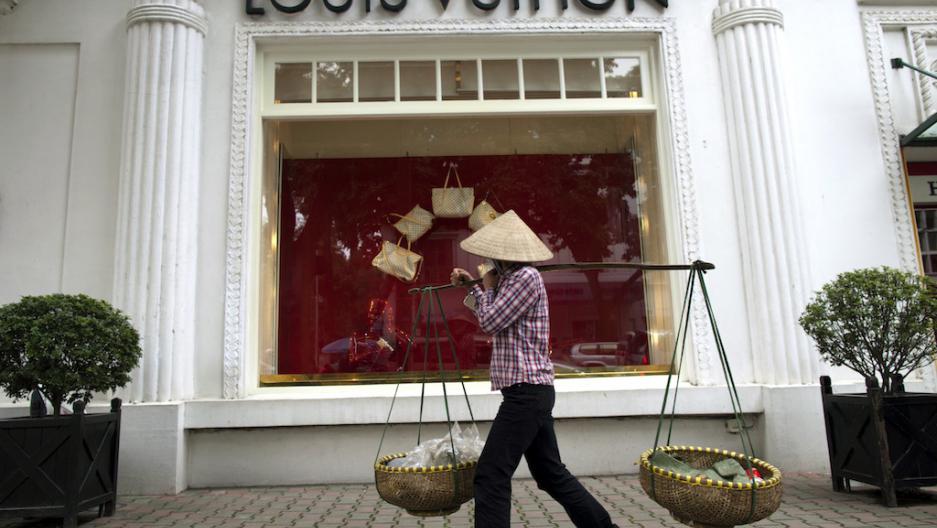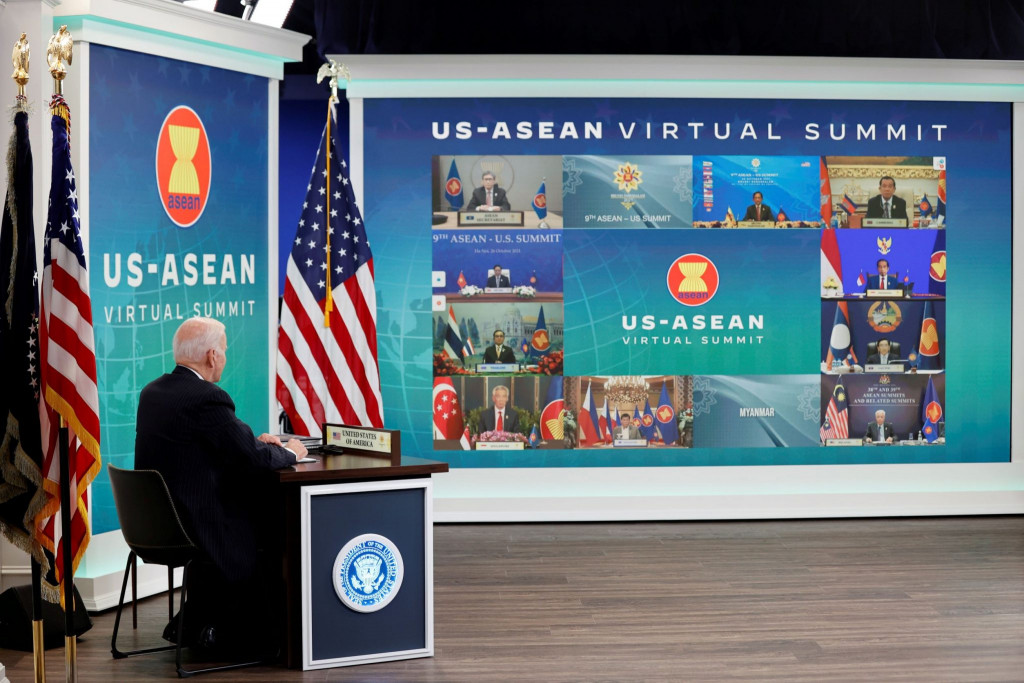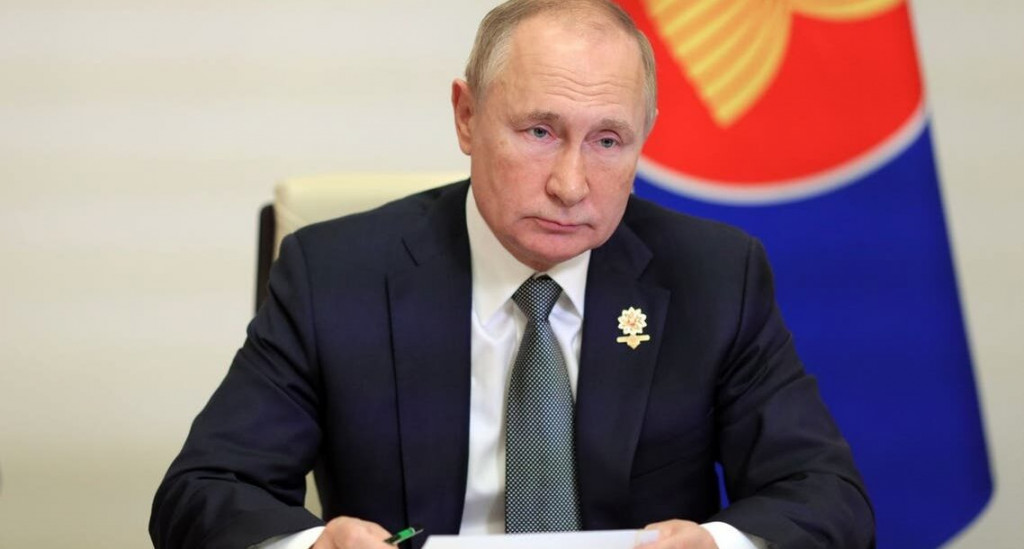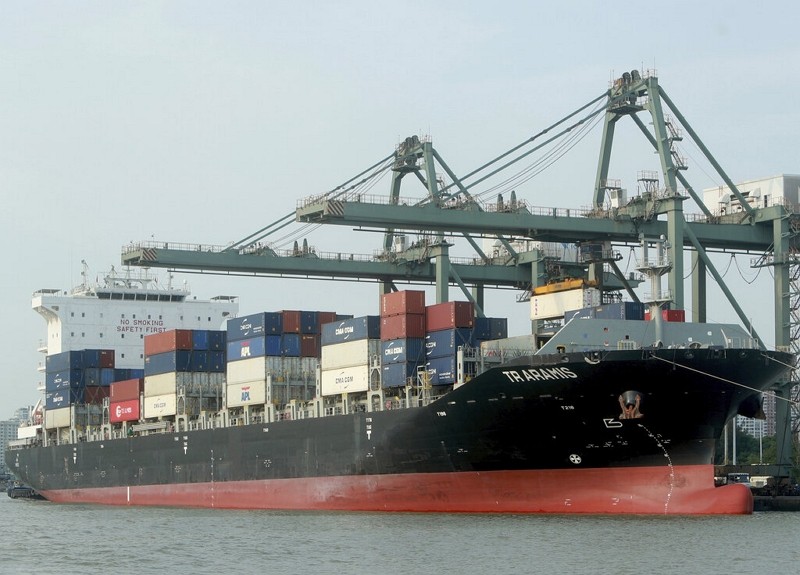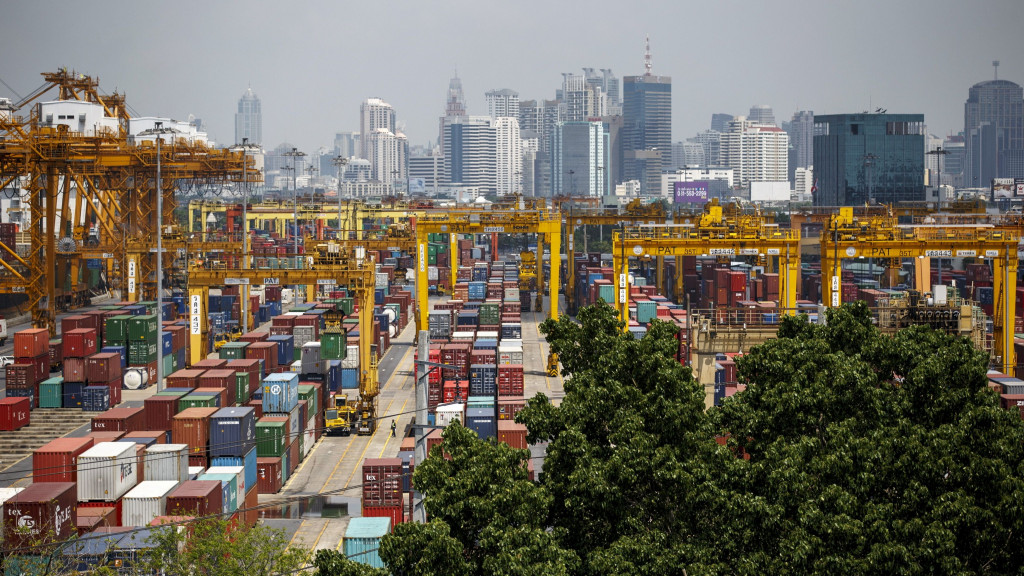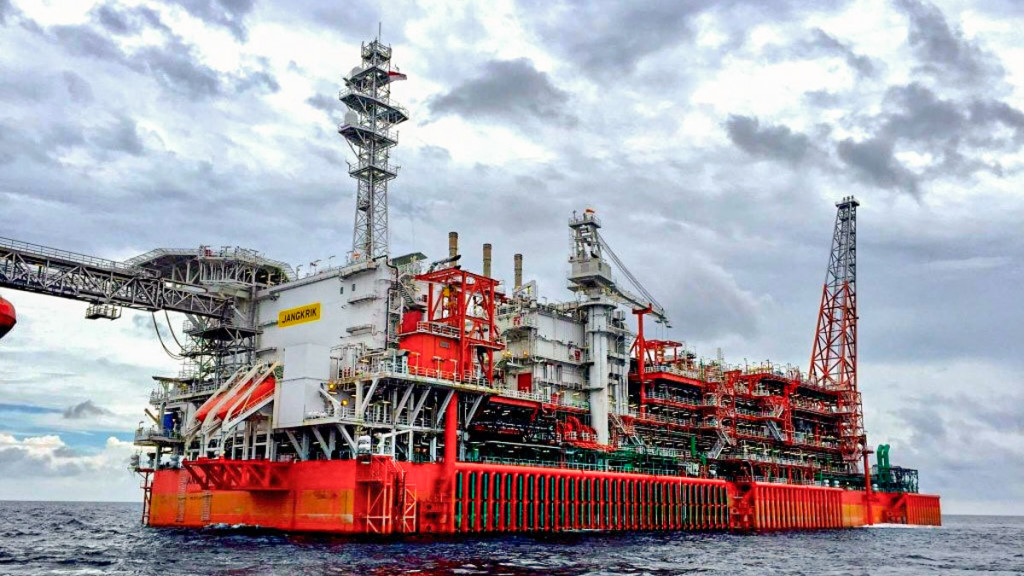Thanks to new demographic trend, the online fashion industry is taking new shapes in ASEAN: However, brands should be thoughtful about their long-term online strategy in the region
In the e-commerce industry there is a single clear, crucial but often ignored rule: Never underestimate local purchase trends, especially if they touch more than 250 million active users.
South-East Asian e-commerce has grown by 85% year on year since 2017, an incredible rate if compared even to giants such as China (5%), India (10%) and Brazil (14%). For fashion and luxury, the ASEAN online market accounts for roughly 10% of the global industry.
This evolution finds its root in three different but complementary causes. First, the recent demographic shift which shed a light on the importance of GenZ (the ones born after 1997), and Millennials (the ones born after 1990) for the industry. Currently, the median of customers purchasing luxury fashion items online is 29 years old.
Second, constant increase in GDP growth combined with a higher propensity to spend, apart from the massive usage of social networks (around 8 hours per day) especially fuelled by super-apps. Platforms such as Shopee, Grab and Gojek have been crucial for ASEAN populations to easily access domestic as well as international goods and services.
Lastly, the true key to success for e-commerce in ASEAN has been the recent two-year lockdown. Over 43% of current online customers have purchased their first fashion item since April 2020, a global record second only to South America (+200%, another ‘communitarian’ economic system).
Despite these encouraging figures, many international brands still see ASEAN as a mere satellite to China, its big brother in terms of e-commerce. And they do it for a reason: China’s e-commerce industry is often referred to as the global standard in online fashion, with personal spending rates setting record highs year over year. In one figure, the Chinese luxury online market now accounts for roughly 33% of the global total.
Additionally, Chinese spenders now do not travel to Milan or Paris to get the latest Louis Vuitton or Prada handbag, but they comfortably shop from their sofas in Beijing, Shanghai or in remote cities in Heilongjiang or Sichuan. No wonder why most European fashion houses keep opening offline stores in South East Asia while focusing solely on China’s social commerce, hoping that the strategy will also, somehow in the long term, touch ASEAN online markets.
However, it would be an unforgivable mistake for western brands to lack a dedicated online strategy for south-east Asia, at least in the long term. As for any other Asian region, the key to ASEAN is localization, or the ability to build a dedicated value-adding offer to local populations across a single geographical area.
Let’s take Vietnam: 70% of fashion clothes are bought via Instagram, Facebook or third-party platforms. During the pandemics 22 million new Vietnamese purchased luxury, from 12 to 33 million.
However, brands like Louis Vuitton, Gucci or Balenciaga, though owning large shops In the streets of Hanoi, Kuala Lumpur or Bangkok, miss online websites translated in local languages, and often lack local payment methods options, something extremely important to serve under-banked customers.
Although on paper investments in these functionalities could turn both difficult and complicated to attain, they are necessary conditions to build a dedicated and articulated offer to these countries. For this, one way for brands to reach consumers in a relatively easy way is partnering with local marketplaces, undisputed regional leaders sometimes reaching the sizes of Amazon in Europe or Alibaba in China: They have now built an excellent logistic infrastructure and a pioneering ability to read and process customer data so as to best serve users.
Apart from flagship websites, selling through these giant marketplaces has thus become both necessary and an intelligent strategic step for western brands. Vietnamese, Malaysian and Indonesians all know how to buy on Shopee, while not many realize what ‘piton leather handbags’ means when landing on a fancy, good looking but not Malaysian-speaking western website.
These spenders know that Shopee or Lazada can also find sustainable clothing (over 90% of them have searched for these pieces, and 67% are willing to spend a higher price to have them delivered home). Additionally, these marketplaces are often fully integrated with important social super-apps like Grab, Tokopedia or Gojek.
Last but not least, the massive ASEAN gaming industry is gaining increasing importance globally: The region is home to over 180 million active gamers, typically urban residents (over 80% penetration) who expect playful online purchasing experiences, being fashion or groceries. As in most Asian regions, video games seem to be the next ecommerce battlefield for many western brands.
In November 2021 Project Seed, a virtual gaming blockchain-backed ecosystem (also encountering NFTs features) signed a pioneering partnership with ‘Damn! I Love Indonesia’, a major domestic brand selling Indonesian-lifestyle clothing. Their objective is clear, to mark the birth of fashion Metaverse in Asia.

